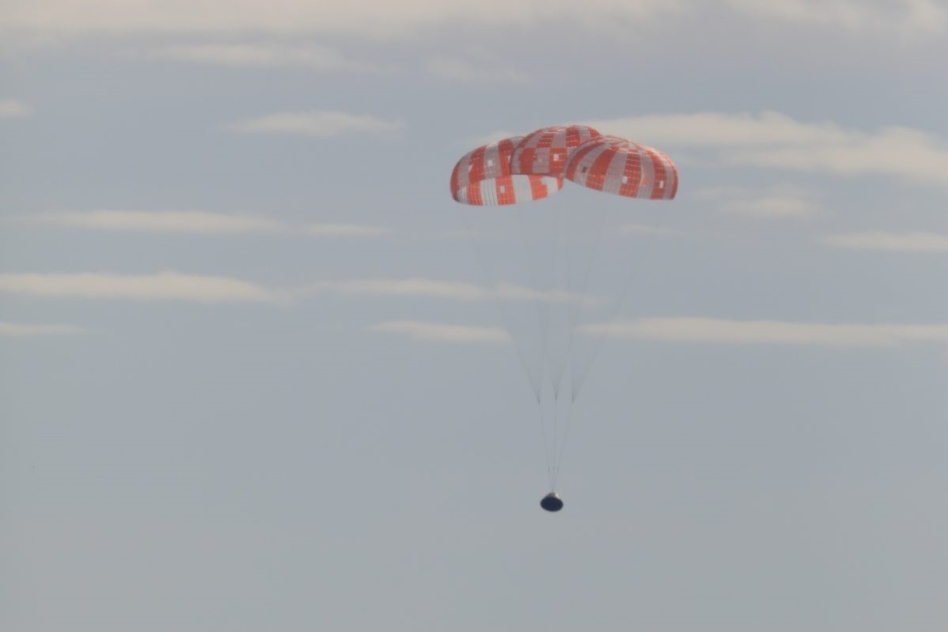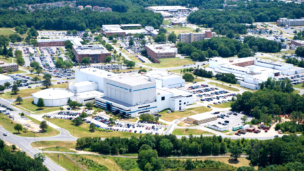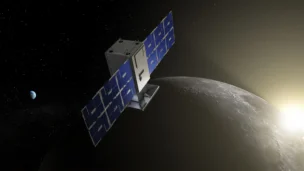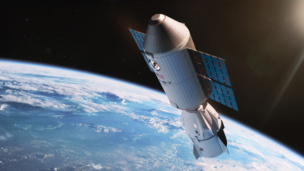Artemis I is complete. At 12:40pm ET yesterday, the Orion capsule splashed down in the Pacific, marking the end of its 26-day, 1.4-million-mile journey around the Moon and back again.
By all accounts, the first mission in NASA’s grand return to the Moon went smoothly. SLS, the agency’s long-awaited (and over-budget) Moon rocket launched on Nov. 16 and placed the Orion crew capsule squarely on its trajectory toward the Moon.
- Over the course of the mission, Orion completed two lunar flybys, passing within around 80 miles of the lunar surface each time.
- Not every part of the mission went perfectly—a handful of science cubesats that tagged along for launch were not able to power up and establish communications from space.
“For years, thousands of individuals have poured themselves into this mission, which is inspiring the world to work together to reach untouched cosmic shores,” NASA Administrator Bill Nelson said yesterday. “Today is a huge win for NASA, the United States, our international partners, and all of humanity.”
Orion’s touchdown also drew attention and praise from high places. VP Kamala Harris, chair of the National Space Council, piped in with her own support for the mission:
What’s next? NASA’s got its hands full preparing to launch the next few missions in the Artemis program. Artemis II, which will send a crew around the Moon and test life-support systems, is currently planned for 2024. Artemis III, the first crewed lunar landing in the program, could launch as early as 2025.
Spaceships passing in the night
As Orion returned home, another spacecraft was just beginning its journey toward the Moon. Last week, Japanese startup ispace launched its HAKUTO-R Mission 1 lunar lander aboard a Falcon 9.
The HAKUTO-R lander is poised to mark a handful of historic firsts. If it successfully soft-lands on the lunar surface, it would be the first Japanese spacecraft to do so, and potentially the first ever fully privately funded craft to land on another celestial body.
- The lander has some competition from Houston’s Intuitive Machines and Pittsburgh’s Astrobotic, which could launch their own machines early next year.
- The mission is also carrying a small rover named Rashid for the UAE, which would also be the country’s first craft on the Moon.
Yesterday, ispace announced that it has established a communications link with HAKUTO-R. The craft is taking the long way to the Moon to conserve as much fuel as possible. Keep an eye out for its touchdown on the lunar surface in about three months.




